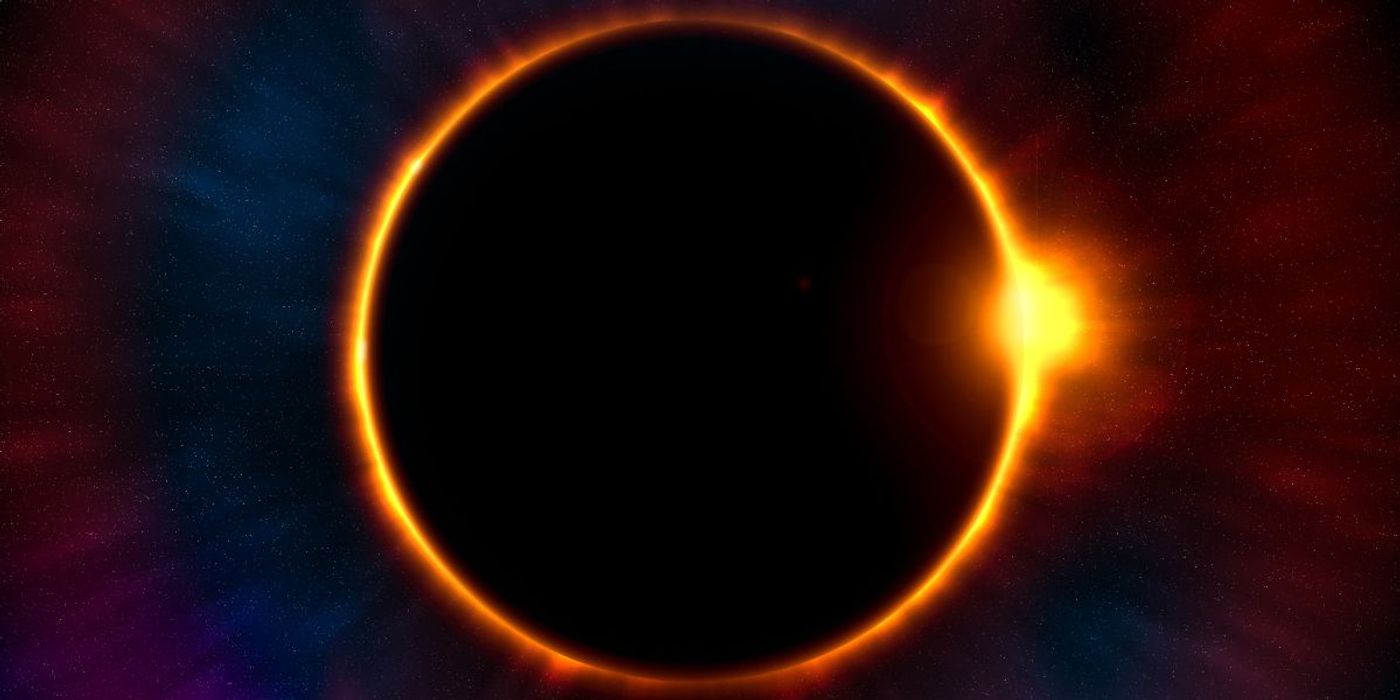Are There More Rogue Planets than Stars?
Researchers from Ohio State University have theorized that there may be more rogue planets (planets that don't orbit a sun) than stars in the Milky Way.
In their study, they calculated that NASA's upcoming Nancy Grace Roman Space Telescope could identify hundreds of rogue planets in the Milky Way. Samson Johnson, the lead author of the study, said that finding them would then allow scientists to infer the total number of the rogue planet our galaxy.
Until now, scientists have been unsure of how these planets form. Some say that rogue planets may form in the gaseous disks around young stars, and are then ejected through interactions with other planets in the system, or knocked out of orbit by fly-by events with other stars. Others say they may form similarly to stars- by swirling masses of dust and gas.
Either way, in constructing the first census of rogue planets in the Milky Way, the new telescope, named after NASA's first chief astronomer, may play a pivotal role in helping scientists understand their origin.
As current telescopes used to map such planets are based on Earth, Johnson and his team say that as the new telescope will be launched into space, it will likely be ten times more sensitive in detecting rogue plants than existing efforts.
Although an exact launch date is yet unknown, the Roman telescope is expected to begin operations in the next five years. To search for rogue planets, it will use a technique called gravitational microlensing, which works by relying on the gravity of stars and planets to bend and magnify light from stars as telescope passes by.
While Johnson is expecting many rogue planets to be discovered, he said that they would likely not support life. As they do not orbit a star, they are likely to be extremely cold and inhospitable. He says, however, that studying the planets will nevertheless help scientists understand more about how planets form.
Sources: Ohio State News, The Astronomical Journal









